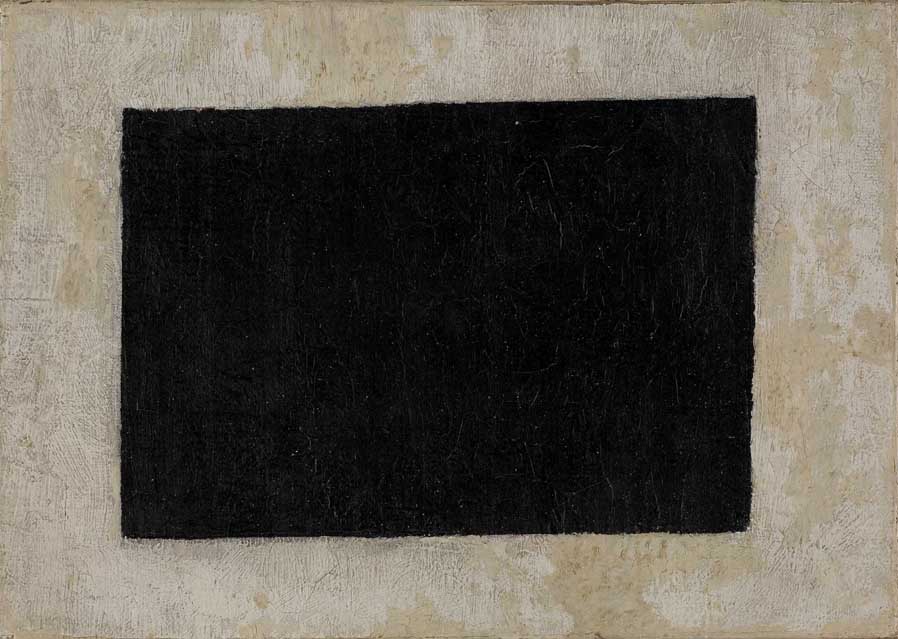'This epic show takes Kazimir Malevich’s radical painting of a black square – first shown in Russia 100 years ago – as the emblem of a new art and a new society. The exhibition features over 100 artists who took up its legacy, from Buenos Aires to Tehran, London to Berlin, New York to Tel Aviv. Their paintings, photographs and sculptures symbolise Modernism’s utopian aspirations and breakdowns.
First visit to the Whitechapel Gallery. Really fascinating exhibition - very thought provoking leaving you questioning the works (and buying the book to read into the exhibition). Theres loads of really interesting works to look at. My favourites: Dora Maurer Seven Rotations - loved try'ng to work out how she had created this.
Dmitri Prigovs ' 'Table, meeting',
Lewis Baltz photography - 'from The new Industrial Parks near Irvine',
photo from http://www.mocp.org/detail.php?type=related&kv=6860&t=people
Nasreen Mohamedi's work...'The maximum out of the Minimum', ... 'the Indian artist Nasreen Mohamedi using a pen and ink to create razor-thin vectors that fluctuate and shimmer across the page in the 1970s'.
photo from ://talwargallery.com/nasreen-knma-pr/
(www.theguardian.com/artanddesign/2015/jan/18/adventures-of-the-black-square-review-whitechapel-abstract-art-that-aimed-to-change-the-world)
Tobias Rehberger's - 'Adaptation 13', 2008
photo from http://www.londonmuseumsgroup.org/2012/04/27/green-museums-project/
& Anna Parkina 'Teatrix'- amongst many others.
photo from http://www.artfacts.net/en/artist/anna-parkina-86307/profile.html
'Fun fact of the year, and it’s only January: under the military junta in Argentina in the 1970s, Venn diagrams were banned, since they illustrated collaboration and collective action. This is just one of the unexpected turns taken by this show tracing the course of geometric abstraction across the last century. Taking as its starting point the 1915 ‘Black Square’ by the Russian painter Kazimir Malevich, it looks at how abstraction grew from a radical ideology suggesting a new democracy of art to become a diffuse and various global language at once able to incorporate indigenous artistic cultures and transcend them' - www.timeout.com/london/art/adventures-of-the-black-square-abstract-art-and-society-1915-2015
The exhibition:
Presented chronologically the show follows four themes:
‘Utopia’ is expressed through Malevich’s black square, the progenitor of new aesthetic and political horizons, seized by artists from Vladimir Tatlin to Hélio Oiticica.
‘Architectonics’ presents floating geometries that propose new social spaces as imagined by Lyubov Popova or Piet Mondrian and Liam Gillick.
‘Communication’ spreads the message to the masses in manifestos and avant-garde graphics.
The ‘Everyday’ embeds routines and objects in the aesthetics of progress as observed in a textile by Sophie Taeuber-Arp or the abstract motifs painted on Peruvian lorries captured by Armando Andrade Tudela. Middle Eastern artists such as Nazgol Ansarinia link Modernism with Arabic and Persian decorative arts; while Western artists such as Lewis Baltz, Peter Halley or Jenny Holzer critique economic and political abstraction. Adventures of the Black Square explores how abstract art has travelled worldwide, permeating our life and times'.
http://www.whitechapelgallery.org/exhibitions/abstract-art/

Arranged chronologically, the exhibition is divided into four key themes:
‘Communication’ examines the possibilities of abstraction for mobilizing radical change.
‘Architectonics’ looks at how abstraction can underpin socially transformative spaces.
‘Utopia’ imagines a new, ideal society, which transcends hierarchy and class.
‘The Everyday’ follows the way abstract art filters into all aspects of visual culture, from corporate logos to textile design.
No comments:
Post a Comment